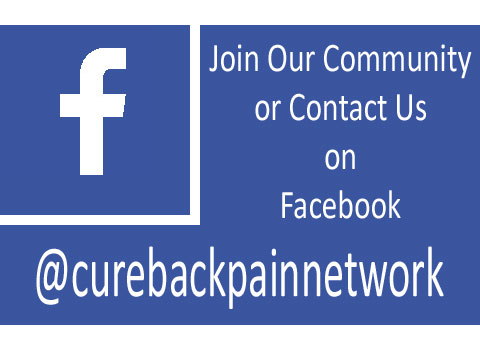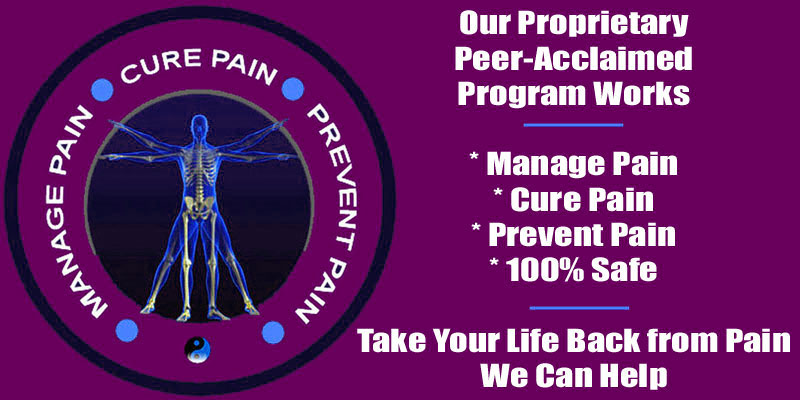
Infantile scoliosis begins between birth and 36 months of age. Many cases of infantile side to side spinal curvature are misdiagnosed and actually qualify as congenital scoliosis that was simply never discovered prior to birth. Of all the varieties of scoliosis, infantile curvature is very rare, accounting for only a tiny percentage of the overall scoliosis population, but can be some of the worst cases, as the condition has many years to develop as the child grows from a baby into a fully formed adult.
Infantile scoliosis can be idiopathic or might be caused by a definitive and known origin, such as a birth defect, neuromuscular disease or a maternal lifestyle-related complication of pregnancy. One thing is sure when it comes to infantile spinal curves: they must all be monitored carefully by a qualified expert, since they have the potential to progress quickly to symptomatic degrees before the child ever has a real chance to mature normally in life.
This discussion focuses on detailing infantile varieties of scoliotic formation in the spine. We will discuss why so many cases are mistakenly classified as infantile, when in fact they should be considered congenitally-motivated. Additionally, we will provide guidance for the parents of children affected by infantile spinal curvatures of all severities.
Infantile Scoliosis Misclassification
Infantile variety of scoliosis is often actually congenital scoliosis that was never diagnosed prior to or shortly after birth. Some cases might involve medical negligence or a lack of proper prenatal care. Other cases simply involve subtle changes in the spine that were not overly visible until the child begins to grow.
There are many scientists who are currently studying the congenital patterns of scoliosis development and trying to separate preventable lifestyle contributors from those of a genetic nature. If science is successful in identifying the genes responsible for causing many cases of congenital scoliosis, the rate of infantile variety spinal curvature could be reduced tremendously, by up to 75% or more.
It really does not matter much if the scoliosis is developed during the fetal stage or during the earliest months of life. Instead, what matters is that both scenarios present the possibility for many years of progression, as the child grows into a toddler, a youngster and then a teenager, before reaching adulthood. Generally, the longer the curvature has to develop, the worse its potential to negative impact form and function will become.
Infantile Scoliosis Causes
As mentioned above, a significant percentage of infantile scoliosis, and possibly the overwhelming majority of cases, are actually congenital in nature and simply not discovered until after the birth. However, there are some post-birth contributors that have been identified as being possible factors that may be involved in the development of scoliosis in infants:
Traumatic injury during birth (birth injury) to the neck or spine is cited as a contributor to some cases of infantile type scoliosis. Birth injuries are rather common and have become a hot topic in litigation circles.
Leaving a new born baby to lie on its back for extended time frames is theorized by some researchers to be a contributory factor to the development of infantile spinal curvature.
Of course, infantile side to side spinal curvature can also come from known reasons that allow it to be simultaneously classified as other types of scoliotic formation, as well, such as neuromuscular scoliosis due to disease and developed scoliosis due to known traumatic injury. Additionally, although rare, it is possible for infants to develop functional scoliosis as well, due to muscular problems often linked to congenital soft tissue abnormalities that become apparent as the child begins to grow.
Infantile Scoliosis Guidance
Having an infant who is already battling a health issue is heartbreaking. The baby has barely begun life and already must face the struggle of survival at such a young and tender age. Some cases of infantile side to side spinal curvature might resolve organically, while others might stabilize organically and not progress. However, most cases of infant type scoliosis will have many years of progression and therefore often require the most aggressive treatment at a very young age.
If you are a parent of a baby with scoliosis, you owe it to your child to seek out the very best care by consulting with an infant spinal curvature expert. These early onset cases often have special considerations that require expert attention, so be sure to do your due diligence when it comes to selecting the best doctor for your child’s needs.
Scoliosis > Side to Side Spinal Curvature > Infantile Scoliosis





